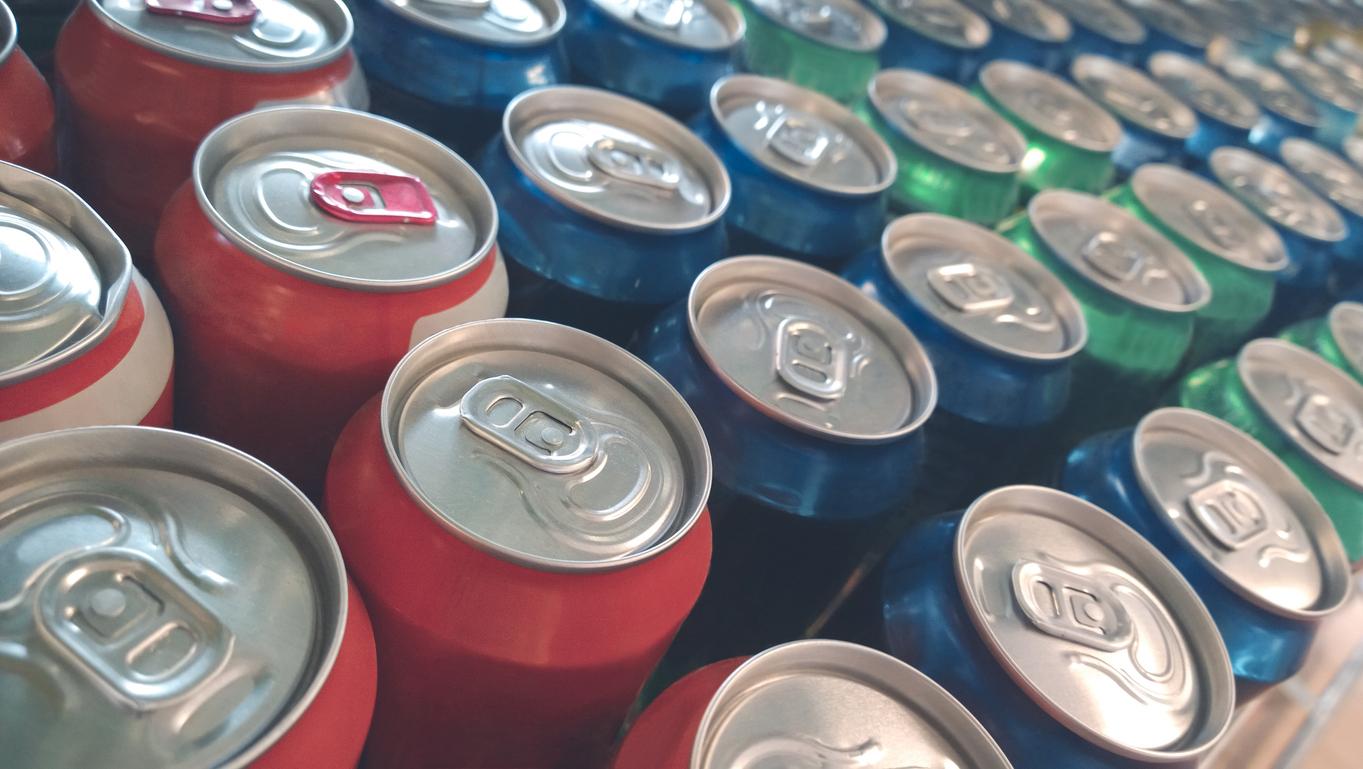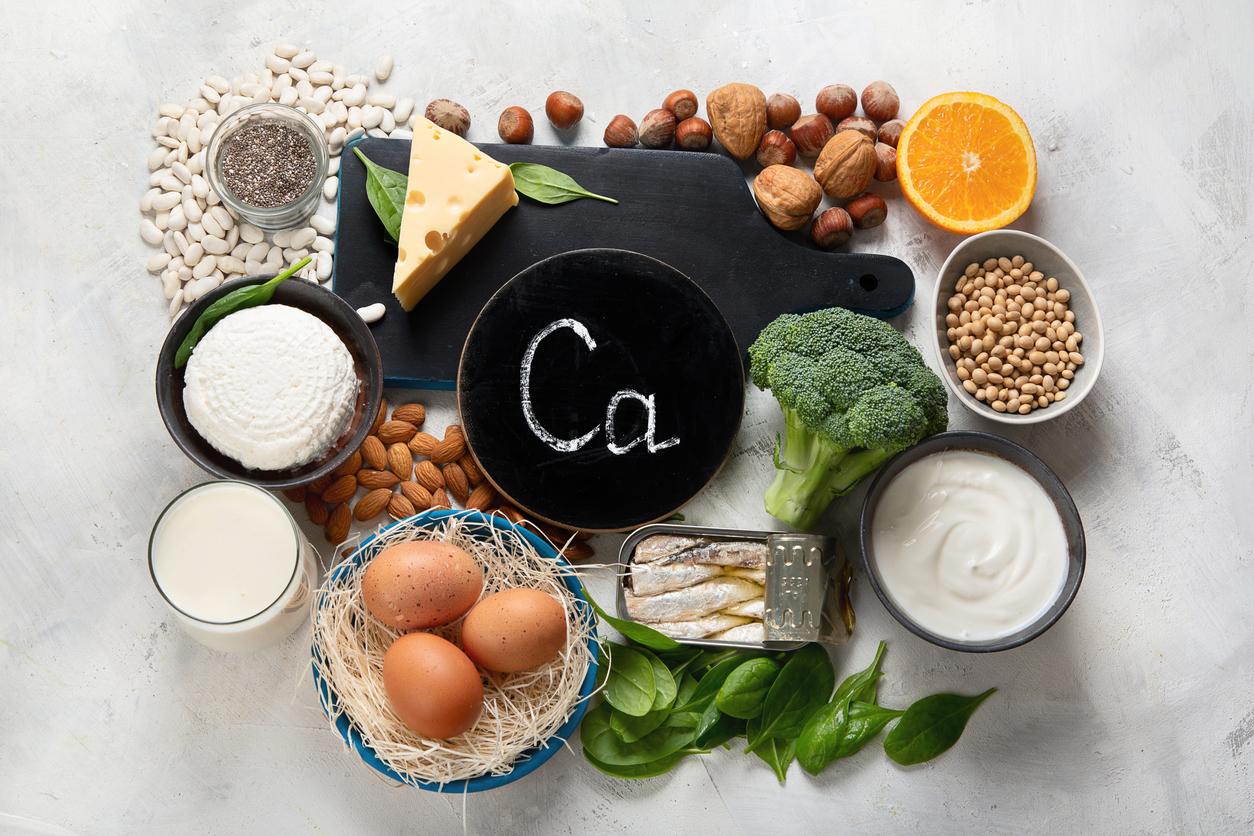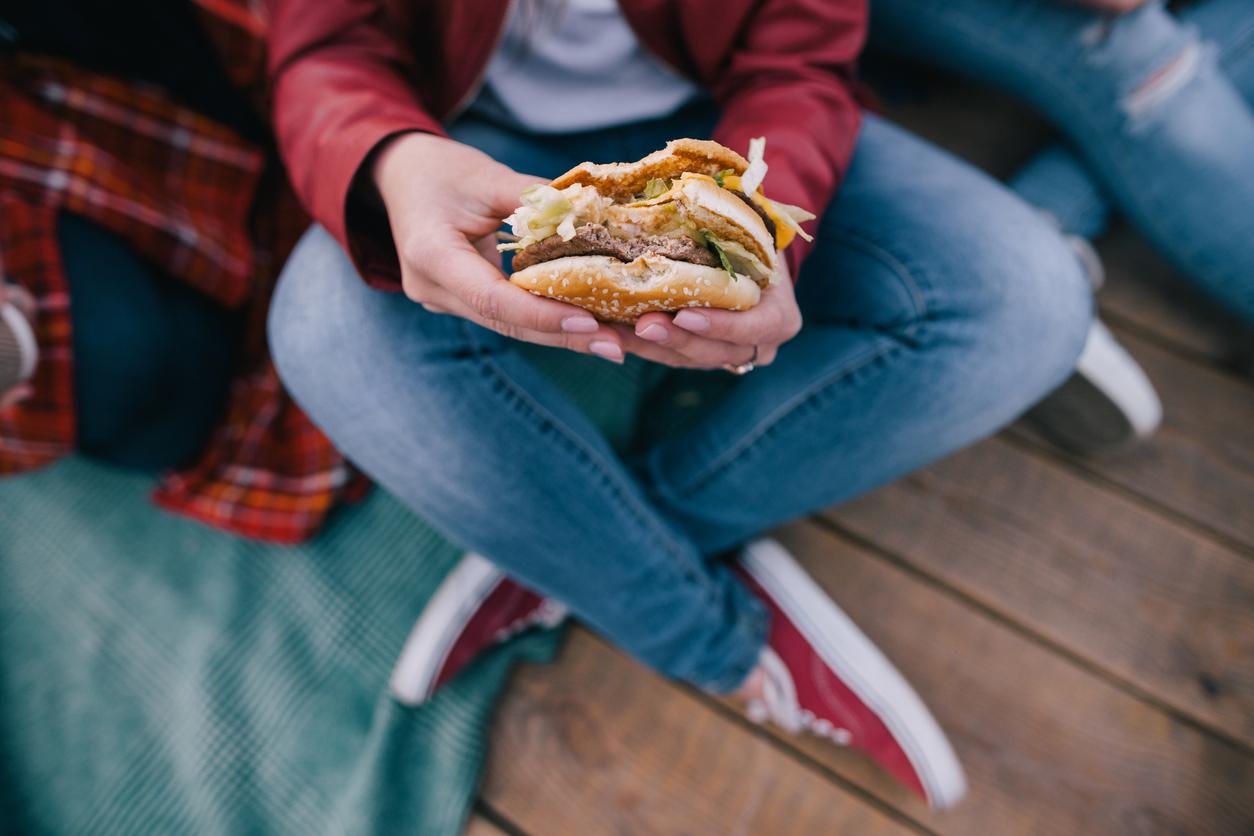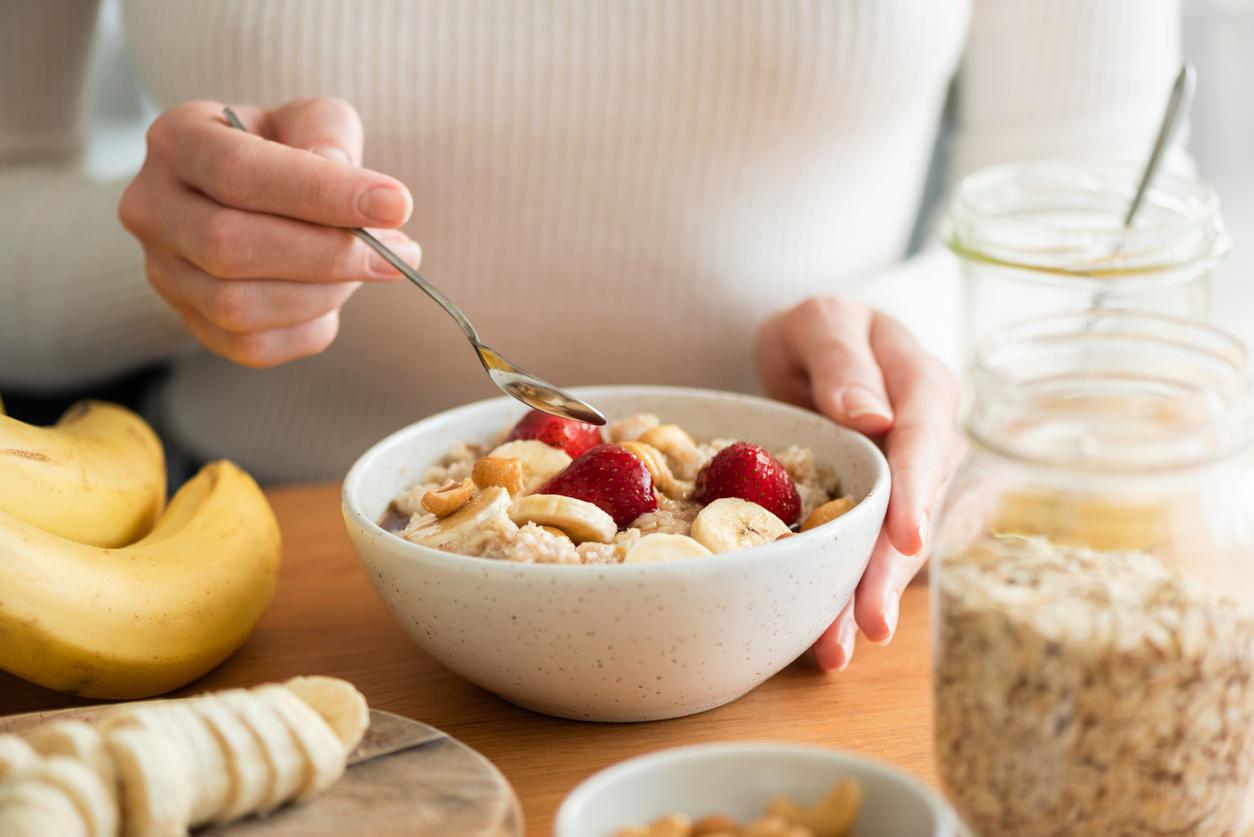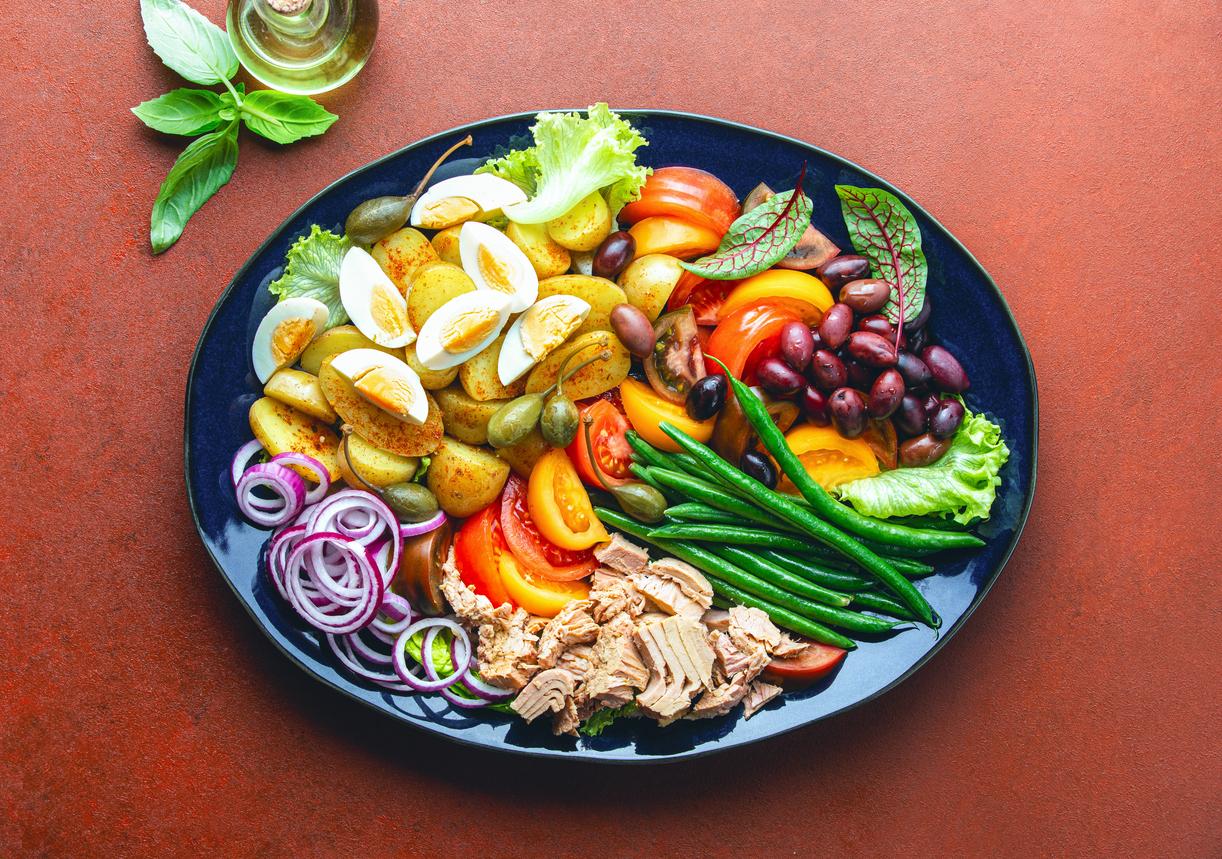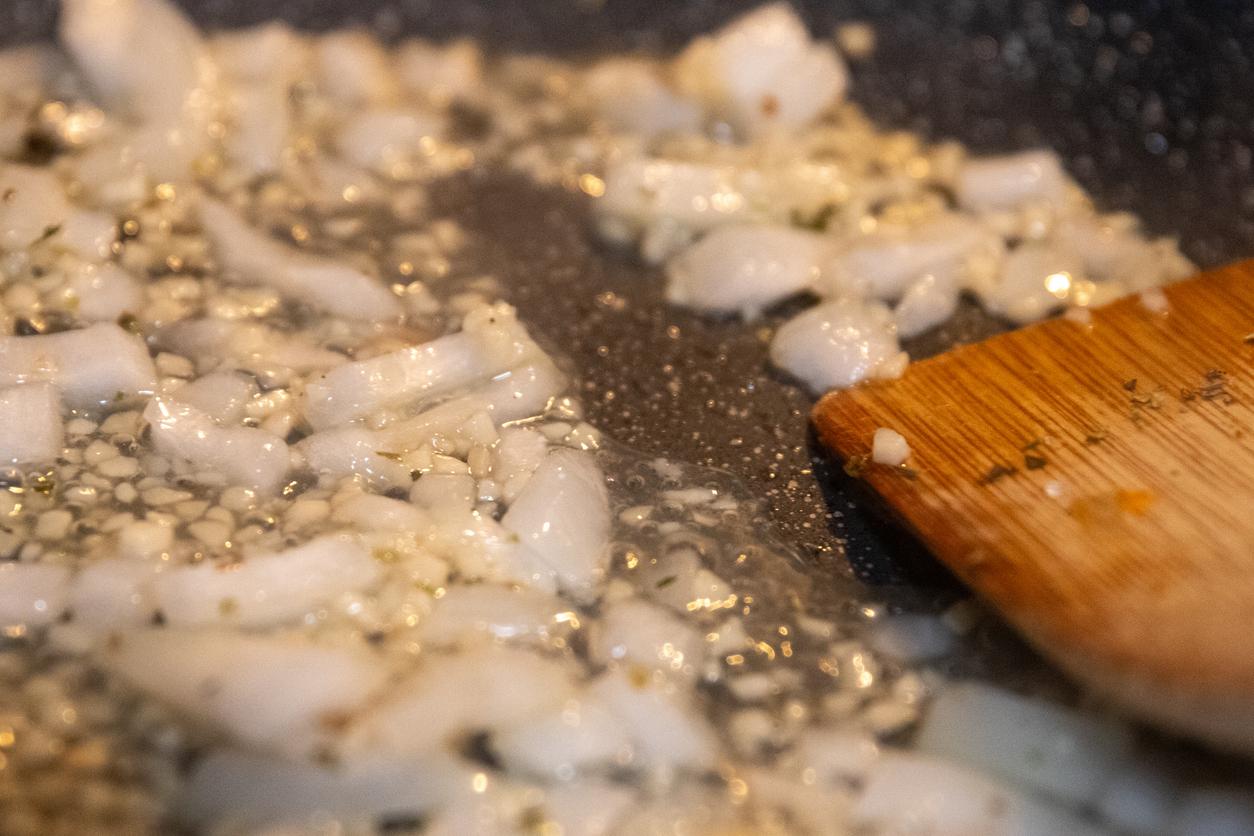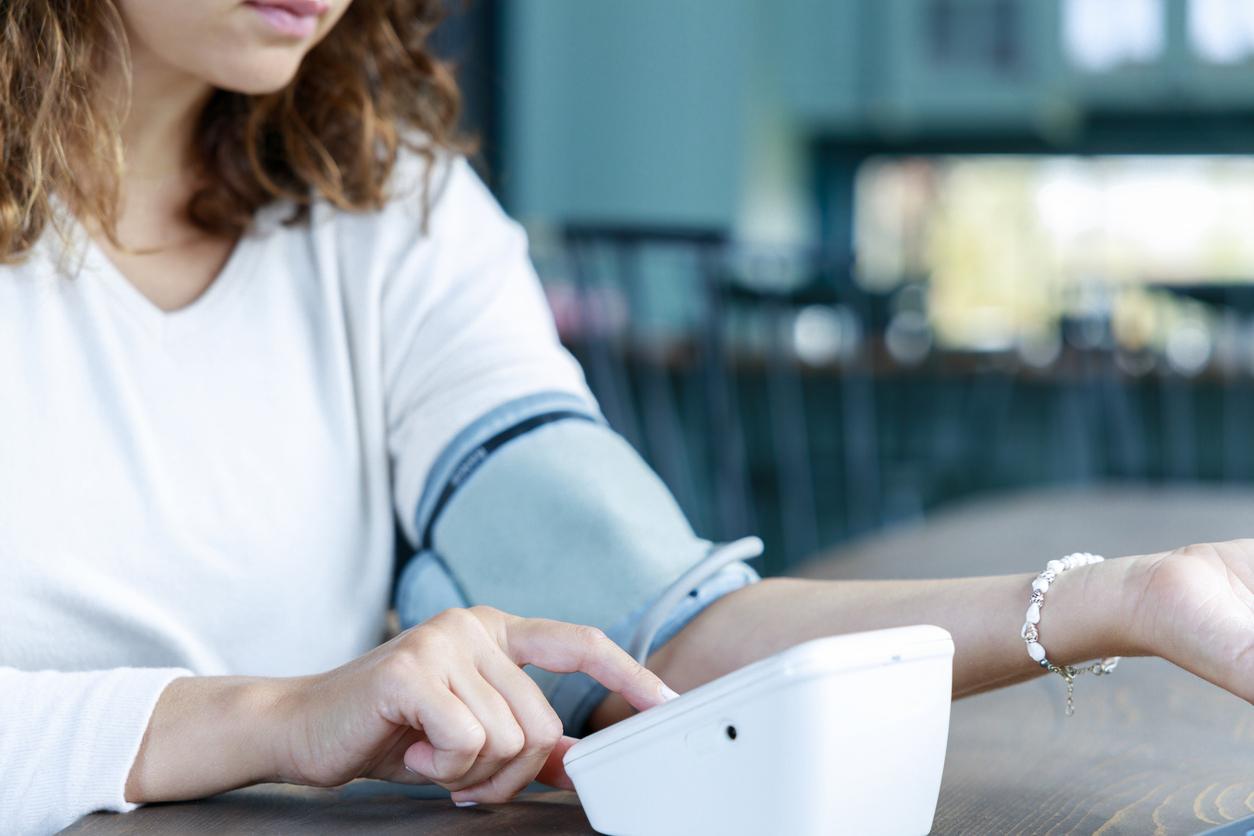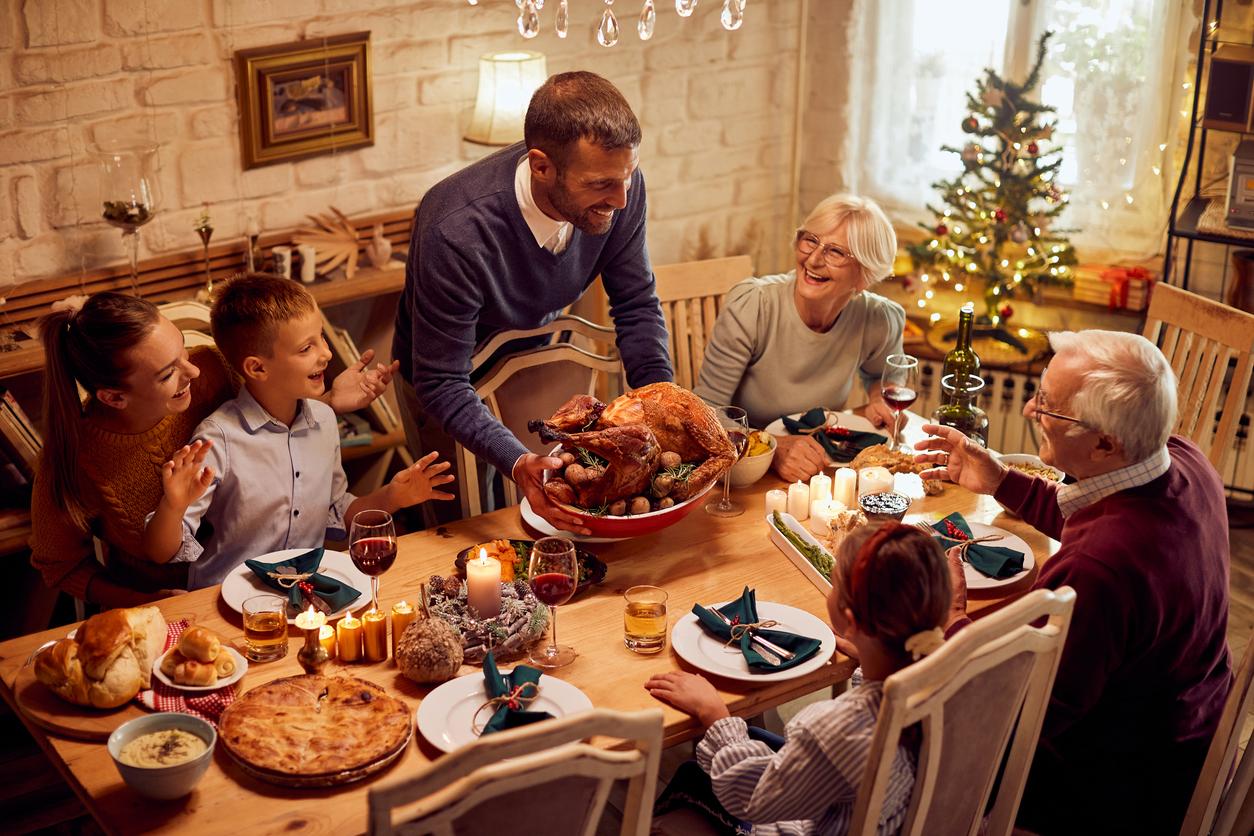When mold appears, here are the foods you can eat and the ones that will definitely send you to the emergency room.
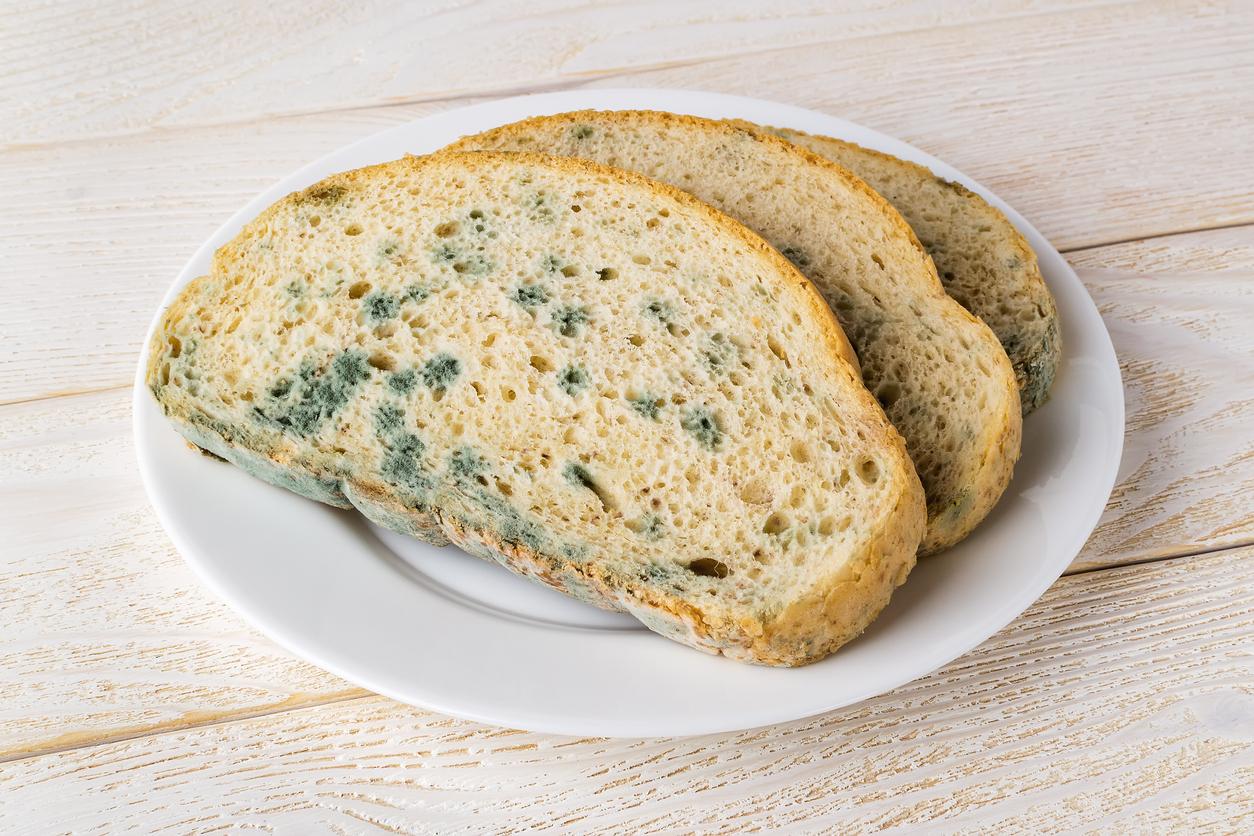
- Carrots, apples, hard cheeses or chocolate are foods that can be preserved by cutting the damaged part.
- On the other hand, for yogurts, white sandwich bread, soft cheeses, meat and fish, the food must be thrown away if there is mold.
- A team of French researchers collects molds to study them.
“Not all molds are pathogenic, explains Dr. Keith Schneider, a food safety expert at the University of Florida, in the Daily mail. Sometimes some molds produce toxins, but unless you are a mold expert it is difficult to tell which ones are pathogenic“.
Mold: foods that remain edible
When in doubt, some will prefer to throw away the entire food while others will only cut the damaged part so as not to waste it. But is it a good idea? “The nature of the food plays an important role, explains Don Schaffner, chair of the food sciences department at Rutgers Universityhas National Geographic.
Foods that can be preserved by cutting off the damaged part are as follows: carrots, apples, hard cheeses, chocolate. For the latter, mold stains should not be confused with those which are white and which sometimes appear when there is humidity.
Mold is a type of fungus that grows on food and often has a fluffy appearance. According to’National Food Safety Agency (Anses), “molds in foods, particularly those of plant origin, can produce toxins, mycotoxins, some of which can promote genetic mutations or cancers in humans or animals.”
These mycotoxins can also have immediate harmful effects, such as acute poisoning, or in the long term, such as immune deficiency or cancer, depending on the World Health Organization (WHO).
Mold: foods to throw away entirely
So, for certain foods, cutting the damaged part is not enough; you have to throw away the whole food. This is the case for yogurts, white sandwich bread, bagels, soft cheeses, muffins, pickles, jams, hummus, meat and fish.
And if you don’t want to waste, you can send your mold samples to a team of French researchers in Brest, who collect and study them. To participate, register on this link and answer a few questions.
“Once this is done, we receive by mail a small sampling kit that is very easy to use.explains Monika Coton, teacher-researcher specializing in food microbiology and microbial ecology within the University Laboratory of Biodiversity and Microbial Ecology (LUBEM) at ESIAB, the Bretagne Atlantique Higher School of Agri-Food Engineering, itself attached to the University of Western Brittany (UBO), at Parisian. Simply cut off the portion of the food that is moldy, and put it in a box (…) which is provided.”







